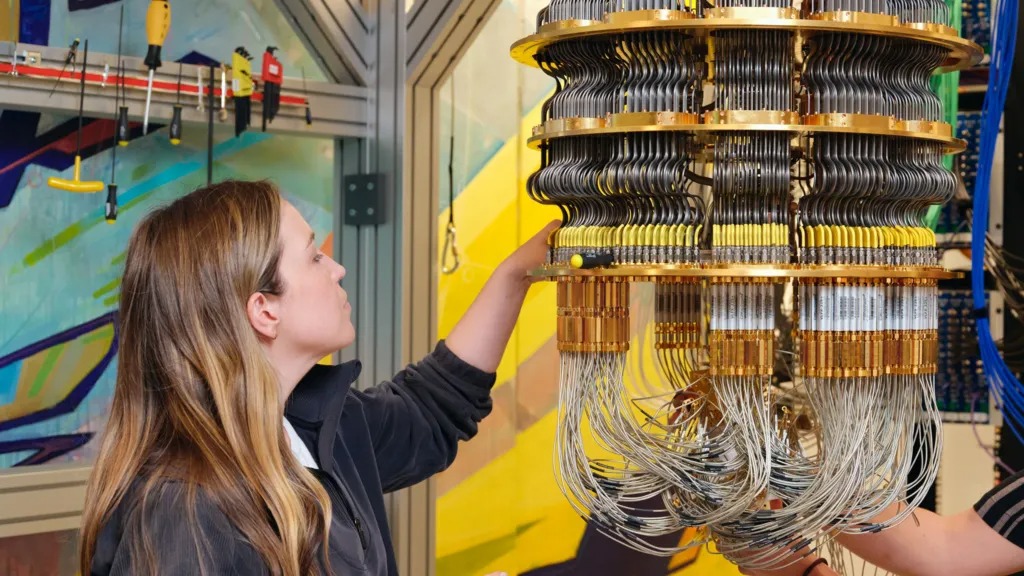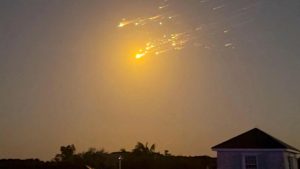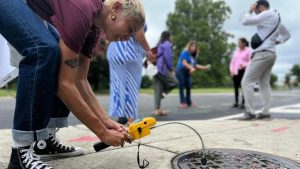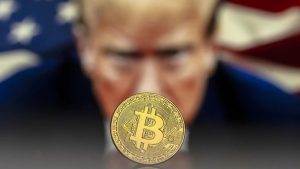
Quantum Computing Threat Looms Large
The quantum computing threat to critical infrastructure echoes the Y2K scare of 25 years ago, but with higher stakes. Back then, programmers fixed the millennium bug before it could crash banks or planes—disaster averted. Today, quantum computers, unlike classical ones, use qubits in multiple states, not just ones and zeros. Prof Nishanth Sastry from the University of Surrey explains this makes them “much more powerful,” cracking complex problems in minutes that take today’s systems millennia. The catch? That includes the encryption securing our digital world—banking, ecommerce, satellites—all at risk.
RSA encryption, a cornerstone of cybersecurity, could fall to a quantum machine with enough qubits. Google’s December 2024 quantum chip breakthroughs signal progress, though estimates vary—10,000 to millions of qubits needed, against today’s hundreds. Jon France of ISC2 warns that anything protected by vulnerable encryption becomes “fair game” once quantum power scales up. Attackers could harvest data now, decrypting it later, threatening national security, personal info, and trade secrets like a soda formula.
Mitigating the Quantum Computing Threat
The quantum computing threat isn’t here yet, but preparation lags. August 2024 saw the U.S. National Institute of Standards and Technology (NIST) unveil three post-quantum encryption standards to shield emails and transactions. NIST urges swift adoption, with 18 more algorithms in review. France notes browsers will update easily, but billions of IoT devices—like water system sensors—pose a “big change problem.” Many lack power for new standards or sit in hard-to-reach spots. Greg Wetmore of Entrust pushes “crypto agility,” urging firms to map cryptographic assets now for an orderly shift.
Satellites face unique hurdles. Prof Sastry says Starlink’s low-orbit fleet can swap out devices briefly—10 to 20 orbit overhead at once. Remote sensing satellites, packed with secure modules for intelligence, need full replacements, though cheaper launches ease this. For more, see BBC or Kenkou Land.
Main Body: An Unseen Deadline
Unlike Y2K’s fixed date, the quantum computing threat’s arrival is murky. François Dupressoir of the University of Bristol warns cryptography fails silently—you only notice when data’s stolen. A decade from now, today’s encrypted secrets could unlock, from bank transactions to defense plans. France flags daily banking as a prime target if quantum devices spread. Wetmore recalls past transitions but calls this “sharper,” demanding proactive fixes.
NIST’s standards are a start, but upgrading billions of devices—from phones to legacy infrastructure—looms large. IoT’s sprawl complicates tracking, and some gear can’t handle heftier encryption. Space adds layers—Starlink’s redundancy helps, but intelligence satellites demand costly overhauls. Sastry sees launch costs dropping as a silver lining. Still, the clock ticks unpredictably. Today, February 21, 2025, experts urge action—quantum power nears, and the fallout could dwarf Y2K’s fizzled fears if we’re caught off-guard.





